Prodigious landscapes of failure and frustrated desires for better living standards scream loudly. A mechanism of “moderation” assertively wishing for collective happiness renders human life as a mere abstraction, scrutinised from an untouchable distance. On-going processes of defining the people and the collective power confront us with turbulent and rapid changes in national European states of mind and foreign policy relationships. Gradually, the individual space and personal sphere of discourse are increasingly invaded and monopolised.
In the East End of London, at Maureen Paley, I found such frictions considered in the conceivement of the auteur group exhibition of Michael Bracewell, entitled …HOUNDED BY EXTERNAL EVENTS… . The show lays down two relevant questions to be asked before one takes definite action: is it possible that one submits personal sensitive experiences to a narrative dictated by a priori ideological views? And could intimate observations of one’s individual experiences in the socio-political landscape contain vivid political dynamics? In the intertwining of a literary tradition and an overlooked artistic practice,…HOUNDED BY EXTERNAL EVENTS… explores the fascination and dread we share for the camera. Gracefully questioning one’s understanding of reality and fiction, artistic exposés investigate the relationship between imagination and empathy.
Michael Bracewell’s curatorial discourse is of serenely bizarre associations. His self-declared aim to obscure the viewer’s capacity for rationalizing information is almost a parade of wild leaps, at the level of both frame of work (seemingly unrelated events and historical actors, disparate both in time and space, are re-enacted as discursive) and selection of objects (quotes from a variety of different prose types, artistic mediums, lobby cards, a vitrine cabinet with a selection of meteorite fragments). The over-saturation of the white cube-type gallery space with visual materials defiantly test the widespread belief that “the digital turn” has placed images on a par with words in constructing narratives.
From outside the two storey gallery, the photography of Stephen Spender by Humphrey Spender welcomes one as an heraldic device intended to make a statement. The British writer, poet and discrete political actor gives us also the name of this exhibition, as it is a fragment chosen from the autobiographic novel World Within World, rewritten on one of the first floor walls.[1] Inside, at horizon and zenith, the contemporary urban social landscape is staged through captures and fragments of the camera’s recordings of human life. Hostile urban landscapes seen from above or precarious building interiors, scenes of public violence, glamorized mainstream media heroes and antiheroes construct in the first instance a depersonalized framework of collective experiences. However, Bracewell skillfully opens new dimensions.
The limits of the curatorial discourse are, like secret doors to a hidden world, two objects of thought: Hari, the late wife of the psychologist Kris Kelvin on a mission on a remote oceanic planet from Solaris by Andrei Tarkovski (1973) and the Frenchman Mathieu and the young flamenco dancer Conchita from Luis Bunuel’s That Obscure Object of Desire (1977). The former is represented in a portrait by the artist Kaye Donachie (Did you ever think of me?, 2016); the latter, by two advertising lobby cards. Each of the female characters confronts the viewer with one’s imprisonment inside one’s project of oneself, unable to experience seeing as a naked exit towards the outside world. One can explore new meanings which these bring into the show. But, from a certain perspective, it can be a regrettable trap.
We can easily agree that the representations of these fictional characters does not equate with such objects of thought culture preserves. One must observe what actually takes place hic et nunc: a process of representation of one medium into another, which Bolter and Grusin call “remediation”. [2] Looking with a more gentle eye at Kaye’s work, one sees Hari’s image heterogeneously refashioned onto the surface of the canvas into a sort of lingering presence of light. The recognizable physiognomic lines of the movie character are contrasted by brushed textures in her blurred eyes – pulsing warm tears flowing through in soft light. The artist foregrounds the actual act of mediation, giving the viewer a sensation of the film medium’s presence incorporated onto the surface of the canvas. Fragmenting the immediacy of the filmic apparatus and the light of the projector in palpable textures of pigments and gestures, one’s personal recollection of a cinematic experience is triggered: the merging of oneself into the darkness of the cinema room, the overwhelming experience of the screen, the interflow between one’s emotions and the director’s viewpoint of his characters.
The anonymity of Șerban Savu’s painted figures and the humorous observations of human habits captured through his personal documentary photographs incite the surreal feeling of a time-split, where past and present are simultaneous. In The Card Players, faceless humans appear forgotten somewhere in the future between ruthless perfectly traced walls of a dead ideology. A small group of four elderly men gather together around a table ridiculously placed in the open field of a green park between monolithic socialist blocks. This group strikingly dominates the heavy void around it through the compositional artifice employed by the artist and one’s attention is drawn towards the gestures each figure performs. The tension appears between the implacable stillness of the background and the playful characteristic of a card game. This friction becomes a tonic energy expanding without fear on the canvas, as the feeling one has when surprising the other in self-enjoyment. In Small Talk after Lunch, one sees a group of people lying on the grass, out in the block’s garden. The group of figures, represented in warm and fresh tones of colour, enjoy their picnic at the border of an abandoned grey city of good mannered society. It reminds of one’s excitement when, in urban roaming, an unexpected discovery of a place missed by the diagrams of architect and planners takes place – the individual imagining oneself, the hard work of freedom.
Thus, here, the remediation process pivots around the desire to offer transparent immediacy (trompe l’oeil), where the apparent realism of the painting hides the apparatus of the medium, making it disappear from view. As in the case of camera captures, Șerban Savu leaves one in an apparent direct meeting with the outside empirical world. But underlying, intimate experiences reveal a world of ephemeral textures of life.
The surprizing element of the exhibition we find at Maureen Paley is the relationship constructed by the presumption of a natural tendency to imaginatively change perspective and the camera as an apparent window above the world out there. In a certain way, the role the camera recordings play in the artistic practices here displayed parallel the narrative construction in Stephen Spender’s autobiography: they configures a primary realistic frame of work where one can project oneself. Throughout …HOUNDED BY EXTERNAL EVENTS… one observes surprising strategies, unique to each artist. They reflect both the terrifying power of the camera to desensitize the viewer (John Kesley’s Dans la rue series of watercolours critically play around this issue) and its fabulous potential to discover and create a reality outside history.
The curatorial discourse is generating an odd, but coherent and homogeneous corpora of things – something on the edge, something beyond, or before, or outside the present state of knowledge. One discovers a new type of artistic sensibility, less concerned by the synthetic and immutable states of the soul and forms – and this is, paradoxically, as a result of the presence in artistic practices of technical images.[3] Approached critically, the digital captures liberate the creative act of the mechanical process of memorization, disrupting the monological narration of reason and making room for differences, moments of disintegration and incoherence. As in Andrew Miksys’ decade long artistic exposé, his photographic series of Lithuanian rural discotheques captures the transitional state between post-soviet lack of authority over the local social realm and its self-Westernization. His photographs are not primarily and fundamentally memories of the history; but reflections in neon light developing an unceasing effort of a consciousness turned upon itself.
Through empirical observations and profound investigation of what and when triggers how one experiences the world, …HOUNDED BY EXTERNAL EVENTS… reveals artists that both find and create the reality they live in. In other words, their narrative structures work towards the expansion of difference through a dialogic relationship with shared objective experiences. Moreover, the exhibition emphasizes the capacity to empathize with the other as a self-aware leap of imagination, making a lucidly provocative statement: when one’s capacity to empathize is lost, the collective sense of beauty becomes monstrous.
[1] Complete quote, as found at Maureen Paley: “From 1931 onwards, in common with many other people, I felt hounded by external events. There was ever-increasing unemployment in America, Great Britain and on the Continent. The old world seemed incapable of solving its own problems, and out of the disorder Fascist regimes were rising.” (p. 137)
[2] J. D. Bolter and R. Grusin (2000) Remediation: Understanding New Media. Chambridge, Mass.: MIT Press, p. 45.
[3] With regard to the critical distance made possible by the mechanization and digitalization of memory, see Vilém Flusser, “On Memory ( Electronic or Otherwise)” in Leonardo, Vol. 23, nr. 4,1999, pp. 397-399.
The exhibition…HOUNDED BY EXTERNAL EVENTS… was at Maureen Paley between 26 November 2016 – 29 January 2017.
Curator: Michael Bracewell.
Artists: Kaye Donachie, Gareth Jones, John Kelsey, Nick Mauss, Lucy McKenzie, Andrew Miksys, Șerban Savu.
POSTED BY
Carmen Casiuc
Carmen Casiuc (b. 1994) is an independent art researcher and critic working with ideas and actions that ignite the role of imagination in theoretical science. She studied History and Theory of Art at...
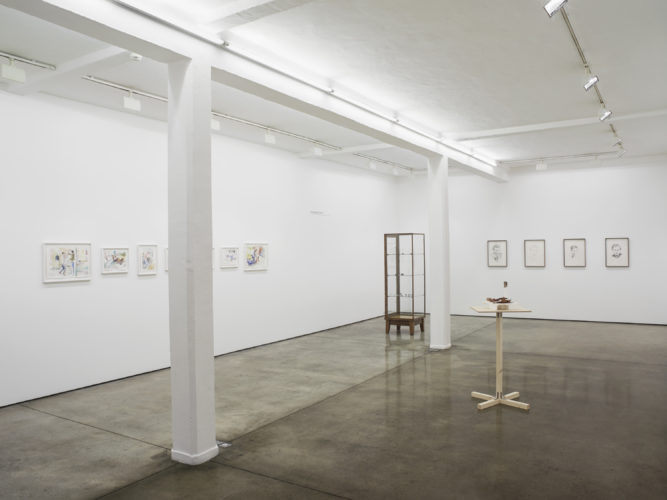
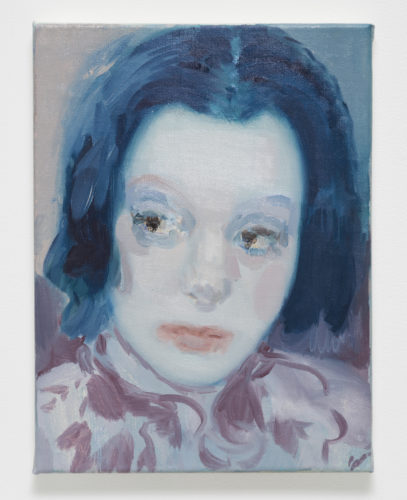
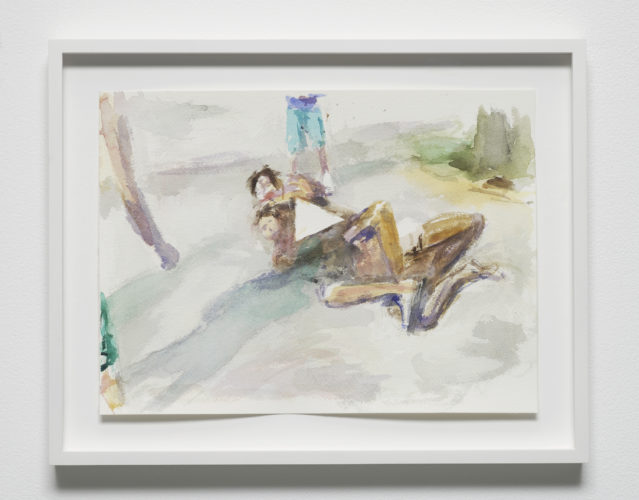
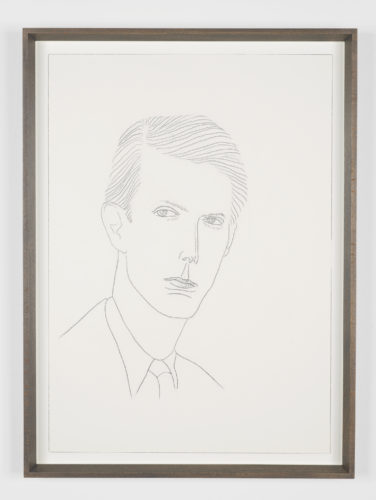
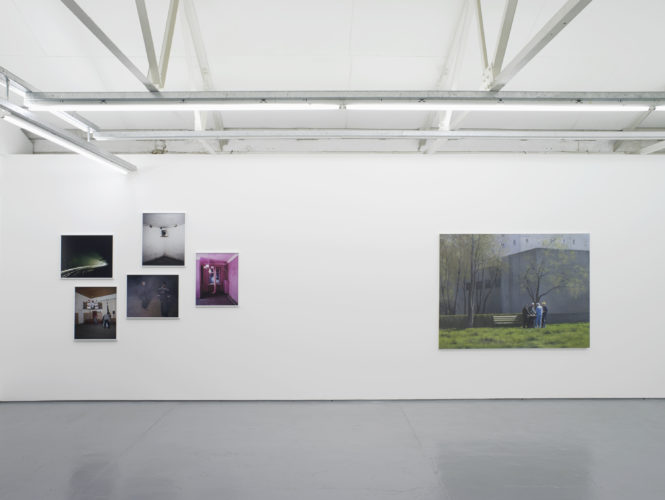
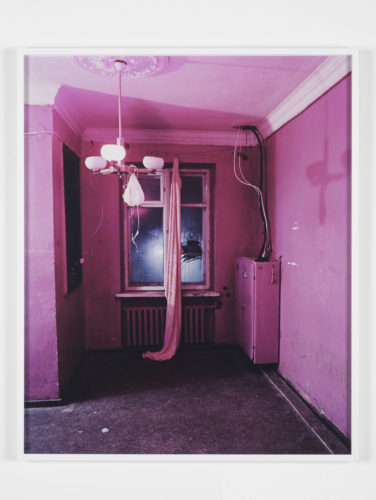

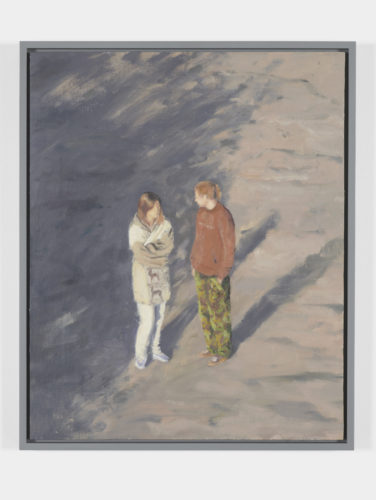
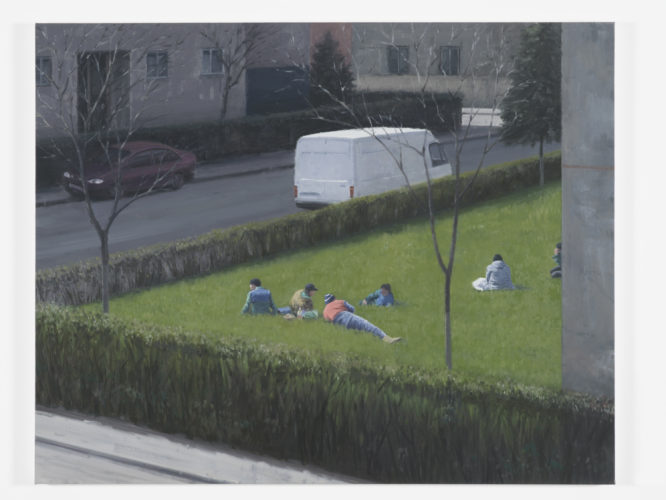
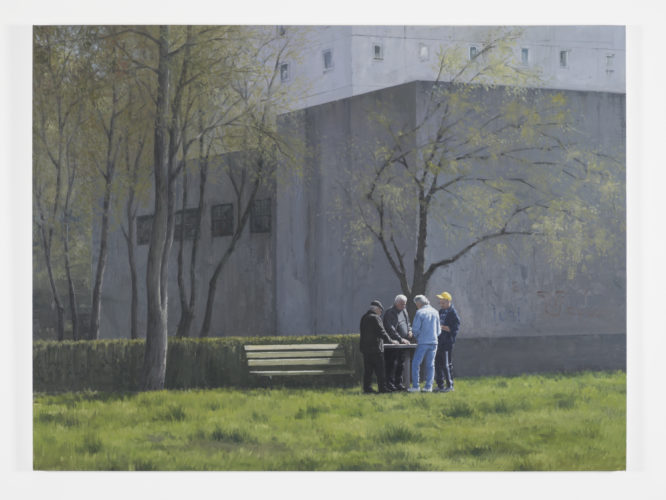
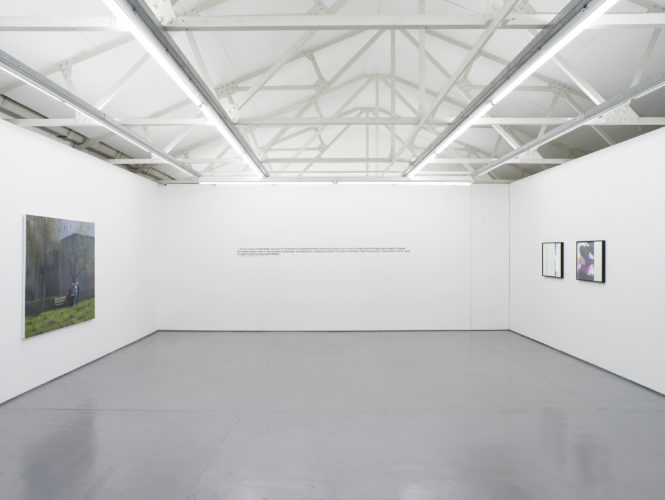
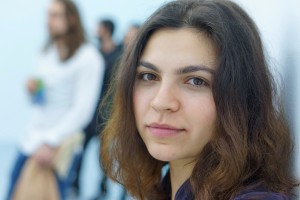
Comments are closed here.